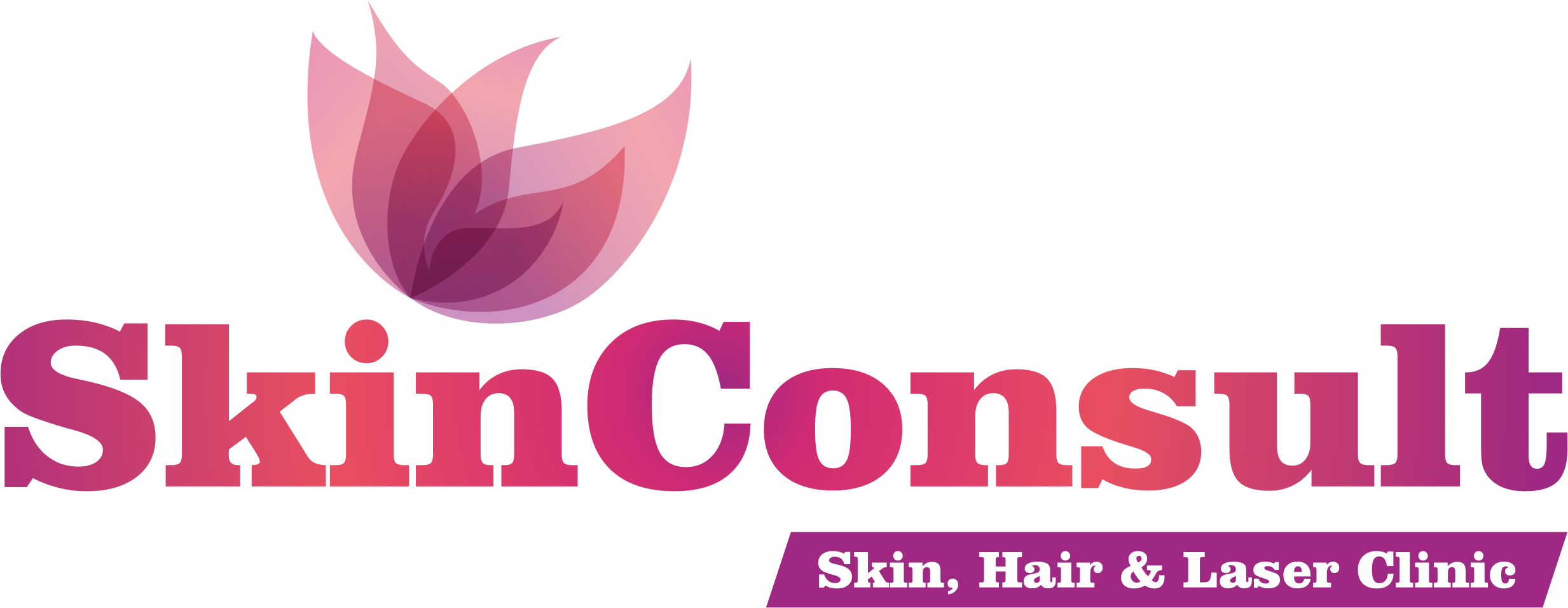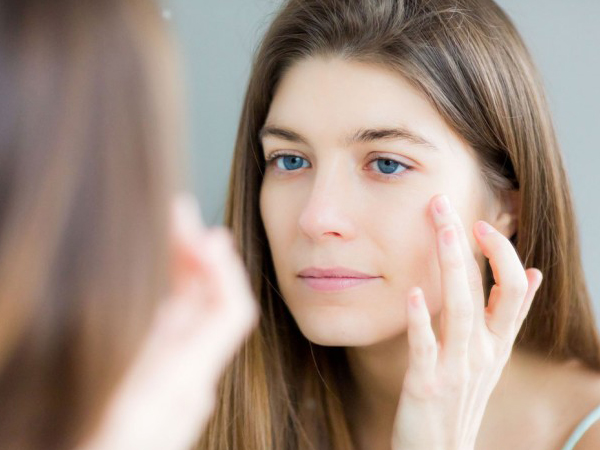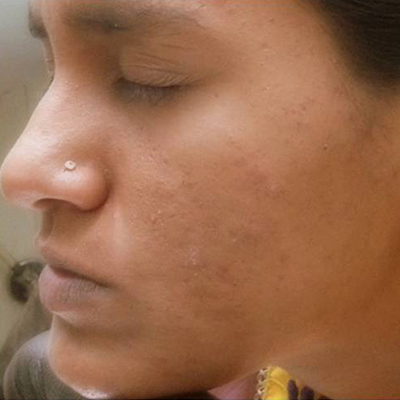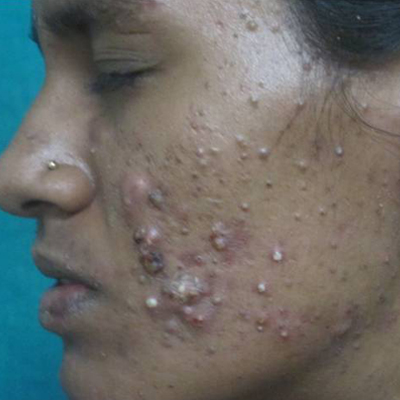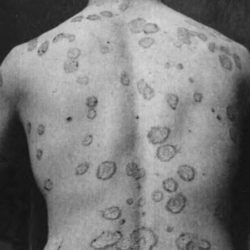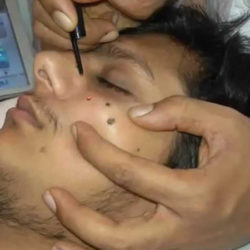Acne & Acne Scar Treatments
Acne, also known as acne vulgaris, is a long-term skin disease that occurs when hair follicles are clogged with dead skin cells and oil from the skin. It is characterized by blackheads or whiteheads, pimples, greasy skin, and possible scarring.
Description
Acne scars are stubborn, and no single treatment is best for everyone. Various methods may help improve your complexion. Your doctor may suggest one or a combination of these.
- Laser resurfacing: This is a skin procedure that uses a laser to improve the appearance of your skin.
- Soft tissue fillers: Injecting collagen or fat under the skin and into indented scars can fill out or stretch the skin. This makes the scars less noticeable. Results are temporary, so you would need to repeat the injections periodically.
- This is the most advanced method with less down time and best results.
- Dermabrasion: This procedure is usually reserved for more severe scarring. It involves removing the top layer of skin with a rapidly rotating wire brush. Surface scars may be completely removed, and deeper acne scars may appear less noticeable.
- Chemical peeling: High-potency medicine is applied to your skin to remove the top layer and minimize deeper scars.
- Needling or rolling: This involves rolling a needle-studded device over the skin to stimulate underlying tissue. It’s a safe, simple and possibly effective technique for acne scarring. The result is subtle, and you may need to repeat the treatments.
- Surgery: Using a minor procedure called punch excision, your doctor cuts out individual acne scars and repairs the wound with stitches or a skin graft. Another technique called subcision involves your doctor inserting needles under the skin to loosen fibers below a scar, to help improve its appearance.
- Botox injections: Sometimes the skin around acne scars puckers. Relaxing the area with an injection of botulinum toxin (Botox) helps improve the skin’s appearance. You’d need to repeat the injections periodically.
